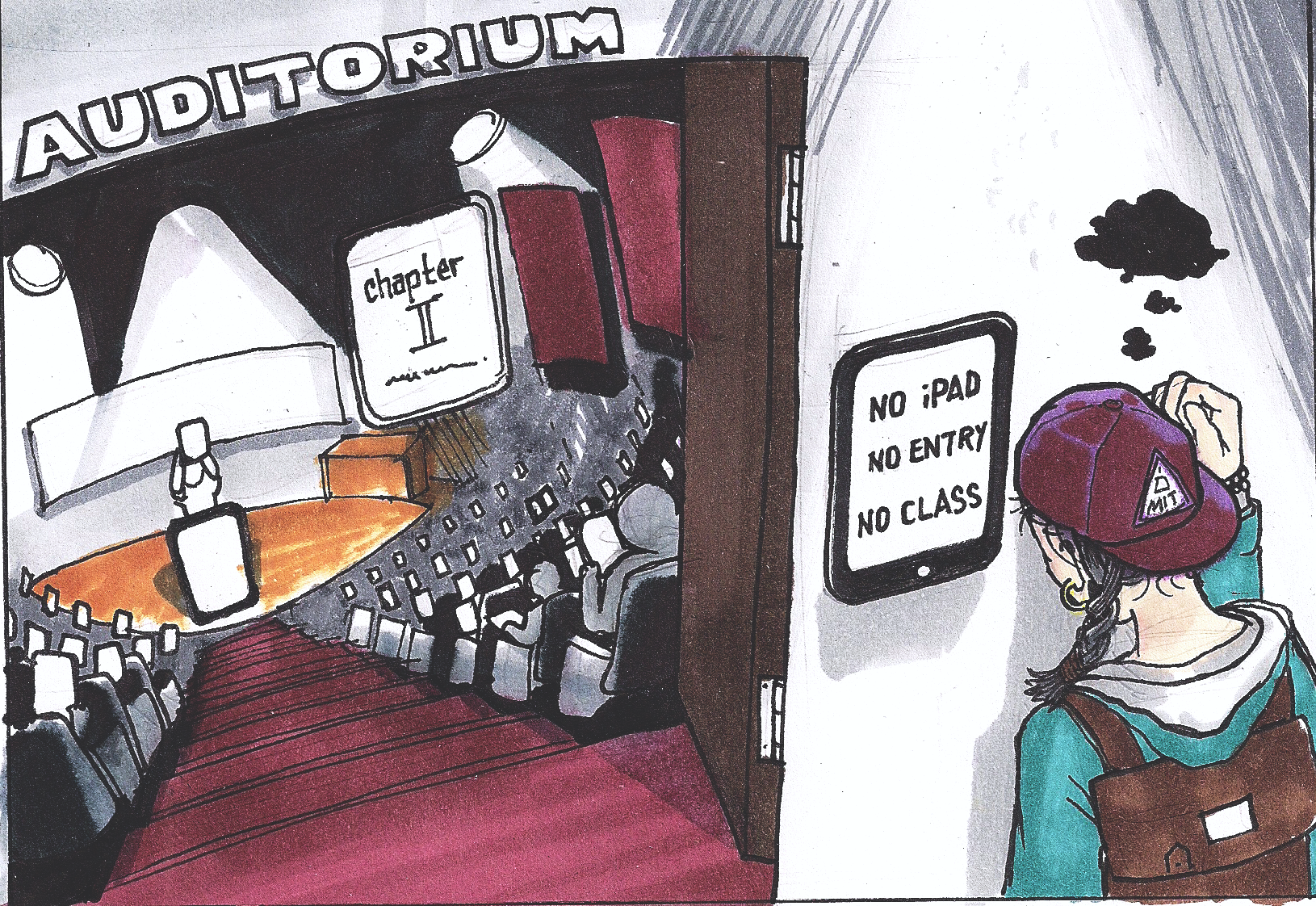Students will have to purchase an iPad as an element of their classes at a North Carolina university next year.
Bob Carey, an associate professor at Gardner-Webb University, said he is advocating for the technology to be compulsory for certain programs, particularly in nursing and communications.
Textbooks will be available as e-texts and distribution of hard copies will cease, Carey said.
Having run tests for two years on the usefulness of this technology, Carey said the main benefit will be getting students to engage more with the lectures.
“The students all talk about how much it has helped them focus and study, be organized, and be much more on top of their coursework,” Carey said.
According to him, one of the biggest problems he has come up against with students is the cost of the devices. However, he said he doesn’t think this will be an issue.
”Whatever technology they start with should be able to last them four years,” he said.
IPads are also being touted as a way to save students money, according to Gardner-Webb’s Facebook page.
Chris Russill, a communications professor at Carleton University, said the issue of cost is more complicated.
“First, if someone tells you your education will be cheaper because you have to buy an iPad, they are probably trying to sell you something (like an iPad),” he said via email.
He also said the price of an e-text is not necessarily stable, and e-texts are subject to market forces which could see their prices rise in the future, adding that switching everyone to e-texts will negate the used book market.
Yet cost isn’t the only reason Carey supported the switch. He said he believes the current generation in university is a digital generation, and there are many things students are unaware of that can be helpful to their studies.
Carey said he believes “students in this generation are much more multi-taskers,” and the implementation of this technology speaks to that.
Though a recent CBC story reported that students at Dalhousie University were blaming Facebook for distracting them and causing bad grades, Carey said he believes the positives outweigh the downfalls.
“Distraction is a concern, but one of the things we have found pretty much across the board, is student engagement goes up in these classes because of the interaction it allows,” Carey said.
Having iPads as a mandatory component to a class is a growing trend, and not only among university students. A school board in Winnipeg, Man. has given out thousands of iPads to students as early as grade six, who will have to use them in class, according to the board’s webpage.
Likewise, St. Mary’s preparatory school in Oregon has the same goal, asking students to register their iPads with them over the summer, according to their website.
Russill said he isn’t sure schools should be jumping on the iPad bandwagon, noting cheaper tablets that do just as good of a job.
“Perhaps the main reason for students to look skeptically on departments insisting on a single product like the iPad is that diversity is a good thing,” Russill said. “Students learn from each other. Seeing how diverse machines and products can be used helps broaden our understanding of how any particular brand (even Apple) offers simply one way of organizing digital communication among many different possibilities.”






